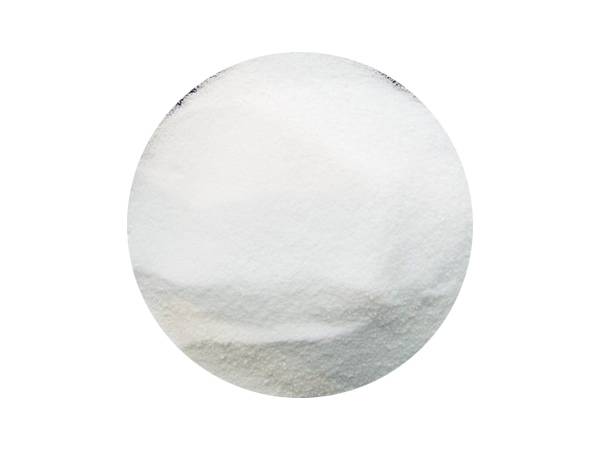



Exploring the Properties and Applications of Cationic Polyacrylamide Polymers
Cationic Polyacrylamide Properties, Applications, and Future Prospects
Cationic polyacrylamide (CPAM) is a versatile polymer extensively utilized in various industries due to its unique properties and functionality. Characterized by its cationic nature, this polymer is synthesized from acrylamide monomers, where an amine group is incorporated to impart positive charges. This property significantly influences its behavior in different applications, making it a crucial material in water treatment, papermaking, and various other fields.
Properties of Cationic Polyacrylamide
Cationic polyacrylamide exhibits several notable properties that make it suitable for diverse applications
1. Charge Density The presence of cationic groups allows CPAM to interact effectively with negatively charged materials, such as organic particles and colloids in water. This property is particularly beneficial in flocculation processes where the binding of fine particles is essential.
2. Molecular Weight CPAM is produced in various molecular weights, which influences its viscosity and performance in different applications. High molecular weight CPAM solutions are typically more effective in water treatment applications, as they can bridge particles more effectively, promoting the formation of larger flocs.
3. Solubility This polymer is soluble in water, making it a convenient option for various formulations. The ease of preparation and adjustment of concentration makes CPAM adaptable to specific operational conditions.
4. Biodegradability and Toxicity Recent advancements in polymer chemistry have led to the development of biodegradable forms of cationic polyacrylamide, addressing environmental concerns associated with polymer disposal. Additionally, studies indicate that certain formulations exhibit low toxicity, enhancing their safety in various applications.
Applications of Cationic Polyacrylamide
polyacrylamide cationic

The versatility of CPAM enables its use across a broad spectrum of applications
1. Water Treatment One of the primary applications of CPAM is in the water treatment industry. Its flocculating properties enable the effective removal of suspended solids, organic materials, and other impurities from wastewater, improving water quality. It is commonly used in municipal water treatment plants as well as in industrial effluent treatment processes.
2. Papermaking In the paper industry, cationic polyacrylamide is employed as a wet-strength agent and retention aid. Its ability to bond with negatively charged fibers increases the retention of fine particles, enhancing the overall strength and quality of the produced paper.
3. Soil Conditioning CPAM is used in agriculture as a soil conditioner. When applied to soil, it helps to improve moisture retention, reduce erosion, and enhance the overall structure of the soil, leading to better crop yields.
4. Mining In mining operations, CPAM serves as a flocculant to assist in the separation of valuable minerals from ores. Its efficiency in agglomerating particles aids in the recovery of minerals while minimizing the environmental impact.
5. Cosmetics and Personal Care The cosmetic industry has also recognized the utility of cationic polyacrylamide, utilizing it in formulations for its thickening and conditioning properties, particularly in hair care products.
Future Perspectives
With increasing environmental awareness and regulatory pressures, the future of cationic polyacrylamide looks promising. Innovations in synthesis methods and formulations aim to reduce ecological impact, enhancing the biodegradability and safety profile of CPAM. Moreover, ongoing research into its application in novel fields—such as nanotechnology and biomedicine—could lead to groundbreaking advancements.
In conclusion, cationic polyacrylamide stands out as a multifunctional polymer with a wealth of applications across various industries. Its unique properties, combined with ongoing research and development, suggest a bright future for CPAM as a vital component in sustainable industrial practices and innovative applications. As industries continue to evolve, cationic polyacrylamide will undoubtedly play an essential role in addressing current challenges while fostering sustainable development.
-
Why Sodium Persulfate Is Everywhere NowNewsJul.07,2025
-
Why Polyacrylamide Is in High DemandNewsJul.07,2025
-
Understanding Paint Chemicals and Their ApplicationsNewsJul.07,2025
-
Smart Use Of Mining ChemicalsNewsJul.07,2025
-
Practical Uses of Potassium MonopersulfateNewsJul.07,2025
-
Agrochemicals In Real FarmingNewsJul.07,2025
-
Sodium Chlorite Hot UsesNewsJul.01,2025










